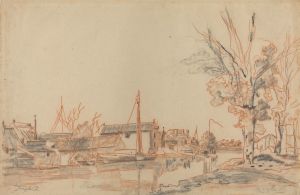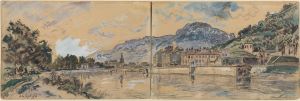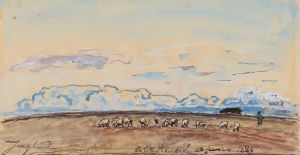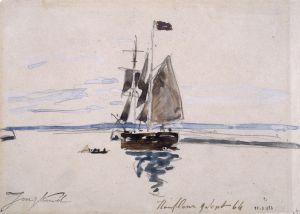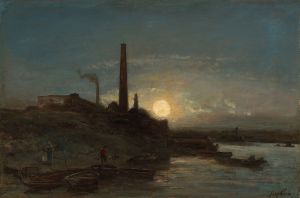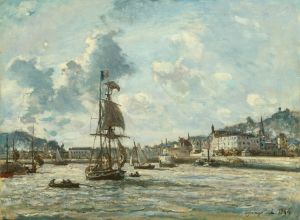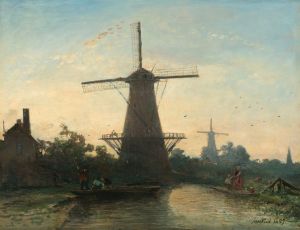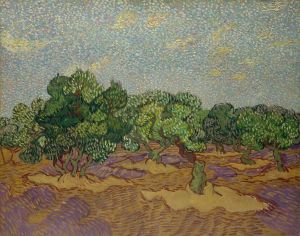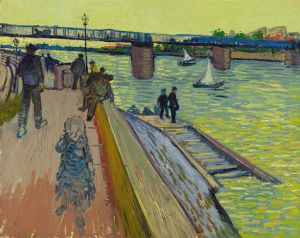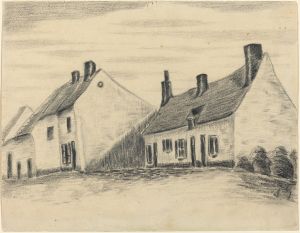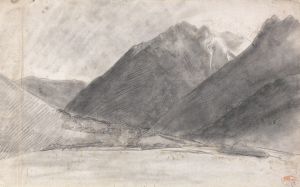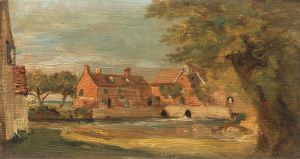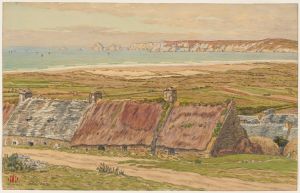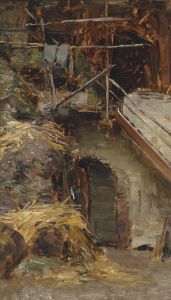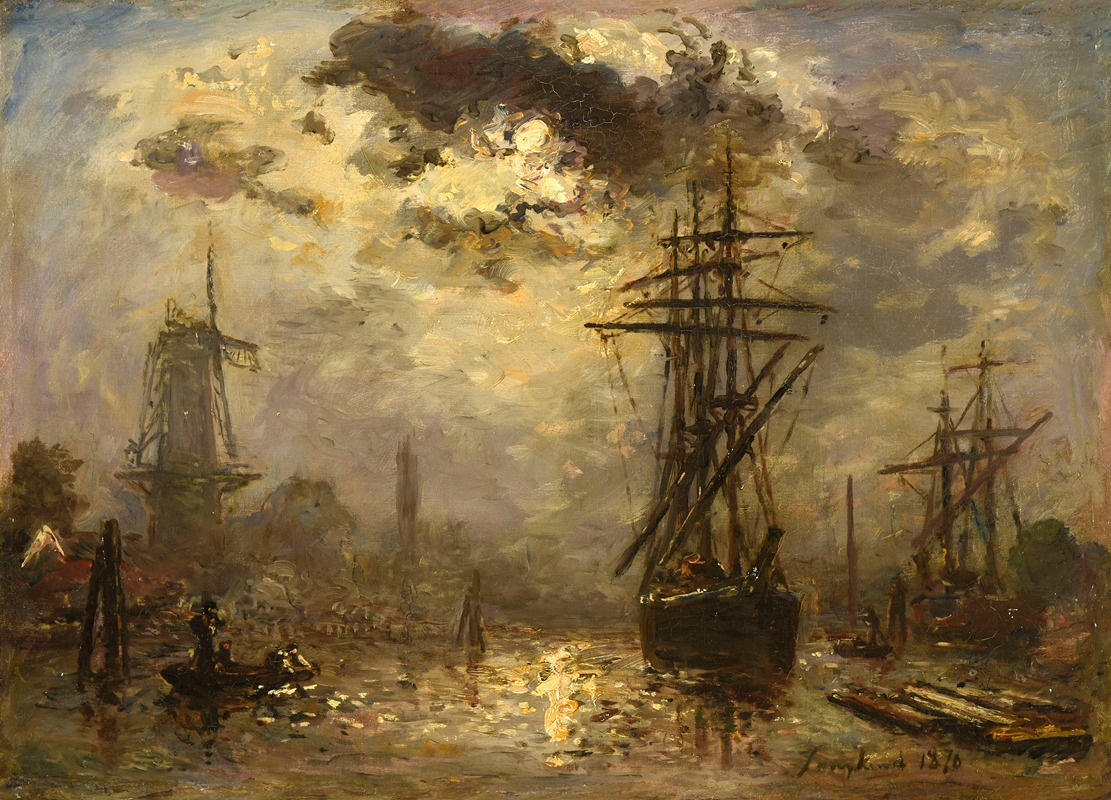
Les moulins de Rotterdam
A hand-painted replica of Johan Barthold Jongkind’s masterpiece Les moulins de Rotterdam, meticulously crafted by professional artists to capture the true essence of the original. Each piece is created with museum-quality canvas and rare mineral pigments, carefully painted by experienced artists with delicate brushstrokes and rich, layered colors to perfectly recreate the texture of the original artwork. Unlike machine-printed reproductions, this hand-painted version brings the painting to life, infused with the artist’s emotions and skill in every stroke. Whether for personal collection or home decoration, it instantly elevates the artistic atmosphere of any space.
Johan Barthold Jongkind, a Dutch painter and printmaker, is renowned for his significant contributions to the development of Impressionism. Born on June 3, 1819, in Lattrop, Netherlands, Jongkind is celebrated for his landscape paintings, particularly those depicting the serene and picturesque scenes of the Dutch and French countryside. One of his notable works is "Les moulins de Rotterdam" (The Mills of Rotterdam), which exemplifies his adept skill in capturing the essence of natural and urban landscapes.
"Les moulins de Rotterdam" is a painting that reflects Jongkind's fascination with the interplay of light and water, a theme prevalent in many of his works. The painting depicts the iconic windmills of Rotterdam, a city known for its rich maritime history and vibrant port activities. Jongkind's portrayal of Rotterdam's windmills is marked by his characteristic loose brushwork and a keen attention to atmospheric effects, which would later influence the Impressionist movement.
Jongkind's technique involved the use of light, airy brushstrokes and a bright color palette, which brought a sense of immediacy and freshness to his scenes. In "Les moulins de Rotterdam," he captures the tranquil yet dynamic environment of the Rotterdam landscape, with the windmills standing as silent sentinels against a backdrop of expansive skies and reflective waters. This painting not only highlights the architectural beauty of the windmills but also emphasizes the harmonious relationship between human-made structures and the natural environment.
Throughout his career, Jongkind was known for his ability to convey the transient effects of light and weather, a skill that is evident in "Les moulins de Rotterdam." His approach to painting was innovative for his time, as he often painted en plein air (outdoors), allowing him to observe and depict the changing conditions of the landscape directly. This method enabled him to capture the fleeting moments of light and shadow, which became a hallmark of his style.
Jongkind's influence on the Impressionist movement is well-documented, with artists such as Claude Monet citing him as a pivotal figure in their artistic development. Monet, in particular, admired Jongkind's ability to capture the essence of a scene with a few well-placed strokes of color and light. "Les moulins de Rotterdam" serves as a testament to Jongkind's mastery of landscape painting and his role as a precursor to Impressionism.
In summary, "Les moulins de Rotterdam" by Johan Barthold Jongkind is a significant work that showcases the artist's innovative approach to capturing the natural and urban landscapes of his time. Through his use of light, color, and composition, Jongkind not only depicted the beauty of Rotterdam's windmills but also laid the groundwork for the Impressionist movement that would follow. His legacy continues to be celebrated for its impact on the evolution of modern art.





